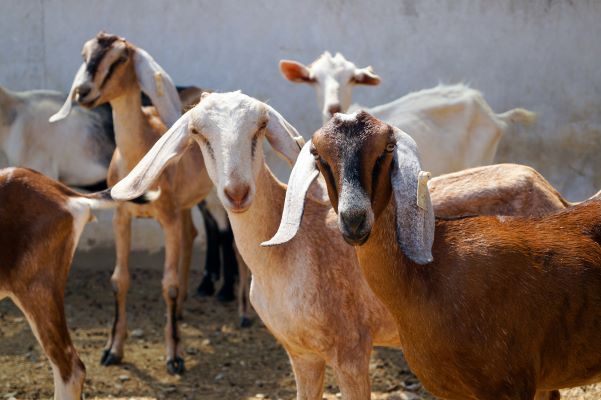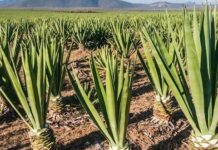It is no secret that time makes all the difference in effectively treating diseases. The earlier specialists detect ailments, the sooner treatment and mitigation measures can begin. Advancements in animal health technologies have made it possible to identify illnesses early, giving veterinarians more choices in saving lives.
Early Disease Identification Technologies in Animal Farming
For many animal illnesses, it is a waiting game to identify the exact pathogen. Traditional diagnostic procedures rely on monitoring cultures in Petri dishes for hours or even days. While this is still a tried-and-true method, the delay can gravely affect herd well-being outcomes.
These four technologies have emerged as game-changers for early disease detection and animal health management.
1. Facial Recognition and Deep Learning Technology
The application of AI-enabled facial recognition technology is beneficial in detecting highly contagious infectious bovine keratoconjunctivitis (IBK) earlier. More commonly known as cattle pink eye, IBK can severely affect animal productivity and, in severe cases, cause temporary or permanent blindness.
Agtech startup MyAnIML™ developed a cutting-edge technology capable of accurately detecting the onset of IBK by analyzing cow facial features. In recent field tests involving 870 cattle, the company’s proprietary AI-powered system correctly identified 169 of the 170 cases before confirmation by veterinarians.
2. Feedlot RFID Monitoring System
HerdWhistle Feedlot™ is a monitoring and early warning system for managing livestock health and well-being. The process is quite ingenious and has so far yielded promising results. The animals are fitted with industry-standard RFID ear tags that track whenever they eat and drink. Sensors in the feedlot detect the tags, record the feeding habits and transmit the data to a software system for analysis.
Farmers and veterinarians use the data to identify possible illnesses and injuries based on irregularities in the animals’ eating and drinking behavior. The system can detect potential health issues up to seven days before physical symptoms manifest, which results in a 25% reduction in mortality rates.
3. Thermography and Multiplex Testing Panels
Many animal diseases are preceded by increased body temperatures hours or days before symptoms are visible. Thermography uses thermal imagers to measure the natural emission of infrared radiation from flocks and herds. These sophisticated devices are particularly useful in the early discovery of Avian Influenza and Newcastle Disease in poultry. Cases of Avian flu were still detected as recently as February 2022 in Virginia and New York.
In similar developments, Alveo Technologies Inc. is working on a multiplex panel to provide accurate, rapid testing for the bird flu virus. Veterinarians can deploy this device in the field to diagnose diseases and contaminants without a lab.
4. Matrix-Assisted Laser Desorption/Ionization-Time of Flight (MALDI-TOF)
MALDI-TOF is a revolutionary technology that can aid in early disease detection by speeding up the identification of bacteria. Used in animal health, it can reduce the time required to obtain a microbiological diagnosis by up to 24 hours compared to traditional biochemical testing methods.
In 2023, researchers used MALDI-TOF to identify ticks and tick-borne diseases with a 99% accuracy rate, making it a go-to for early detection in livestock farming.
Economic and Environmental Impacts of Early Disease Detection
Unchecked animal diseases have devastating impacts on the food industry. A single ailment can spread quickly, cutting through an entire herd, reducing producers’ revenues and increasing scarcity. For example, illness reduced global poultry production by 2.8 million tonnes, which could have fed 180 million people in a year.
From a sustainability standpoint, unmitigated disease spread can have significant environmental impacts, including the buildup of animal waste and the resulting greenhouse gas emissions. Nipping these ailments in the bud is essential for ecological sustainability. Research by Oxford Analytica shows lowering global animal diseases by 10% corresponds to an 800 million tonnes drop in GHG emissions.
Faster Diagnosis Means Faster Treatment for Sick Animals
Livestock farmers must ride the tide of technological advancements in preventative health care. Detecting diseases earlier improves outcomes and enhances the efficiency of treatments. These reasons are compelling enough to necessitate exploring these possibilities earlier rather than later.









